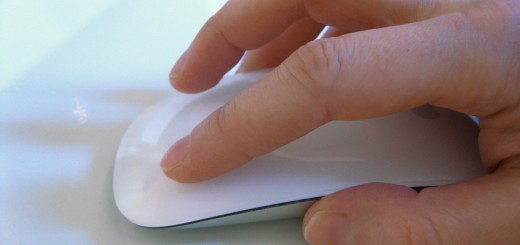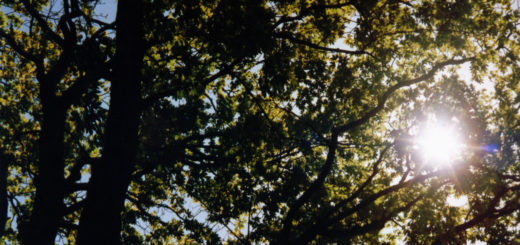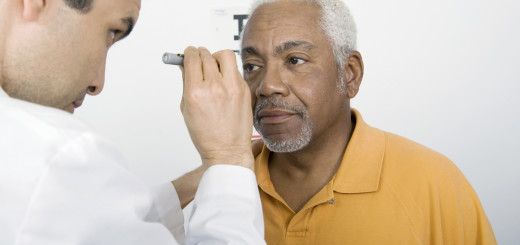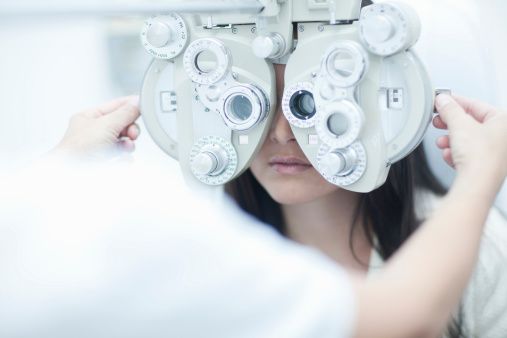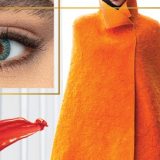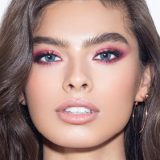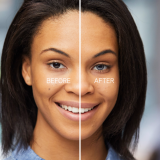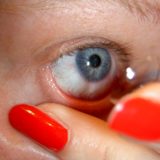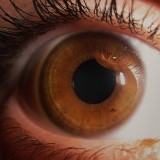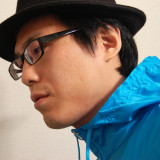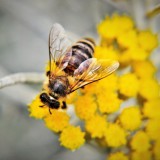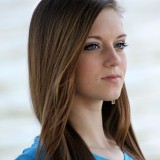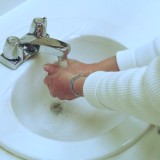How Different Lighting Affects Your Eyes
 Our eyes are comprised of many tiny cells that perform one basic job: filtering light. Light is, in some ways, the most basic element to our visual process. But not all light affects our eyes in the same way. Some light can even be harmful to our eyes—causing serious damage. Here are some different types of lights and the eye’s response.
Our eyes are comprised of many tiny cells that perform one basic job: filtering light. Light is, in some ways, the most basic element to our visual process. But not all light affects our eyes in the same way. Some light can even be harmful to our eyes—causing serious damage. Here are some different types of lights and the eye’s response.
Sunlight (Eye sunburn)
Prolonged and unprotected exposure to UV light from the sun causes damage to the cornea and the lens. In fact, you can even sunburn your eyes by being out in the sun too long without protection. An eye sunburn, called photo keratitis or photo conjunctivitis (depending on which part of the eye gets burnt), will often go away on its own. Unfortunately, pterygium, a blemish spot on the white of the eye, may develop with prolonged unprotected exposure to the sun. This blemish will not always go away on its own.
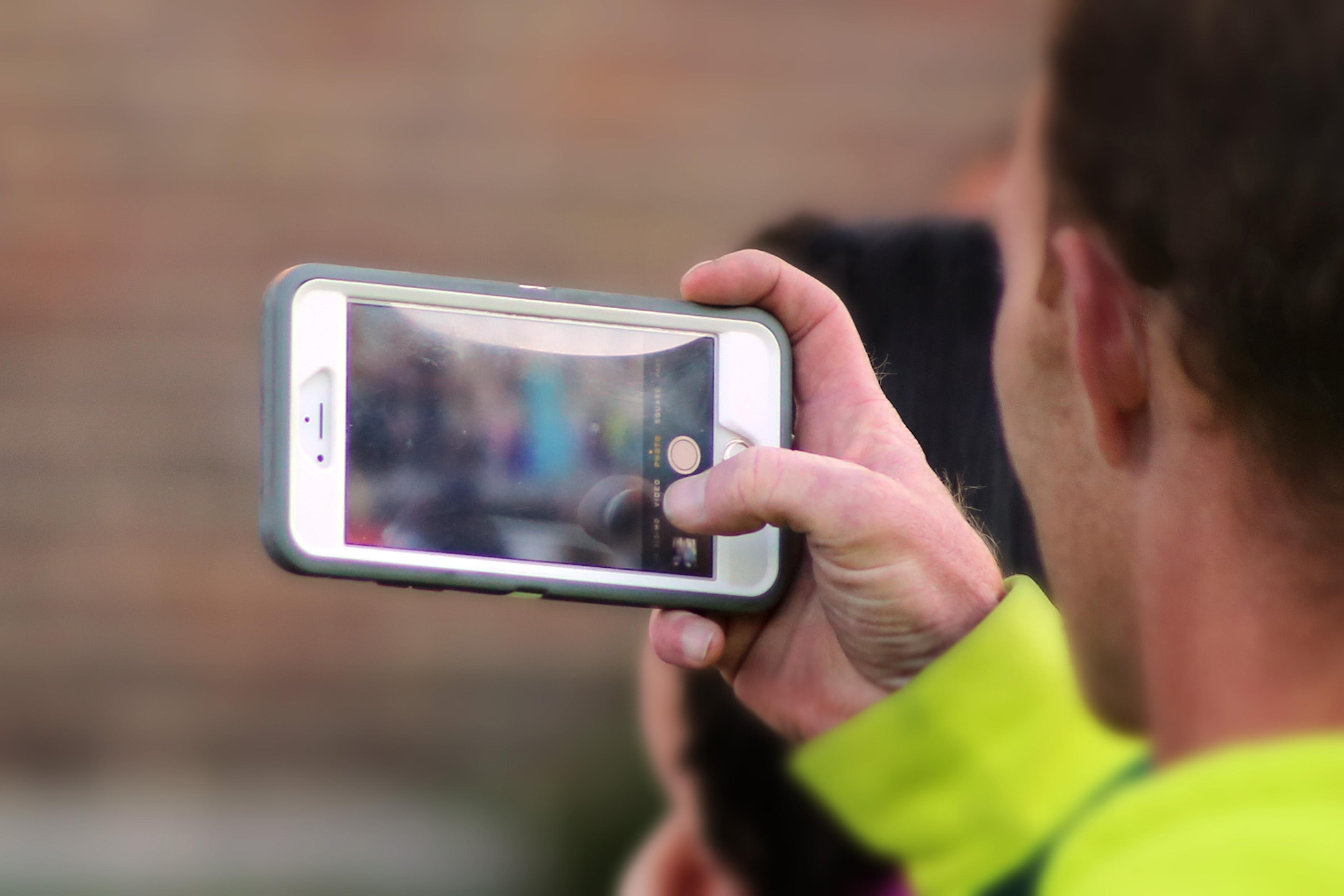 Blue Light
Blue Light
Computer screens, your TV and your smart phone all emit blue light. Though blue light helps make the images on our screens crystal clear, it can also cause damage to the retina and make your eyes very tired. Some people complain of dry eye after prolonged exposure to blue light, because staring at blue light tends to inhibit the number of times you blink to moisten the eye.
Fluorescent Light
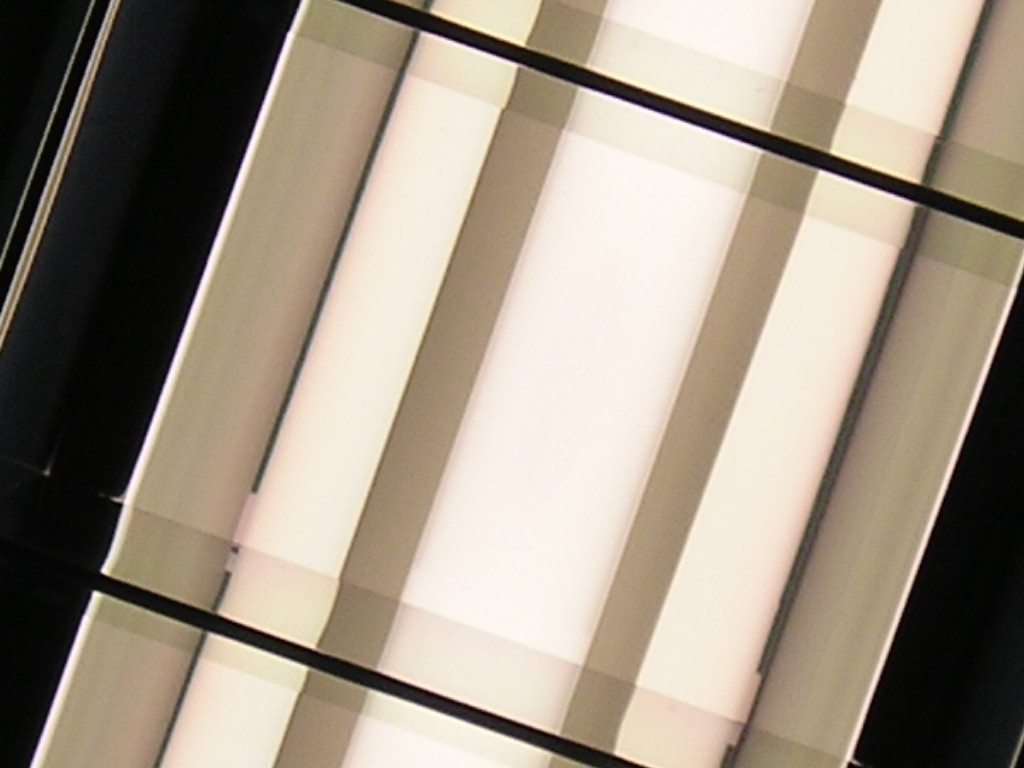 According to a study by the American Journal for Public Health, increased use of fluorescent lighting may increase eye disease. Fluorescent lights contain harmful UV rays that can, depending on the amount of UV light being produced, create cataracts. Even if you are sitting under “safe” fluorescent lights, you may still experience blurred vision, eye fatigue and headaches after too much exposure.
According to a study by the American Journal for Public Health, increased use of fluorescent lighting may increase eye disease. Fluorescent lights contain harmful UV rays that can, depending on the amount of UV light being produced, create cataracts. Even if you are sitting under “safe” fluorescent lights, you may still experience blurred vision, eye fatigue and headaches after too much exposure.
Halogen Bulbs
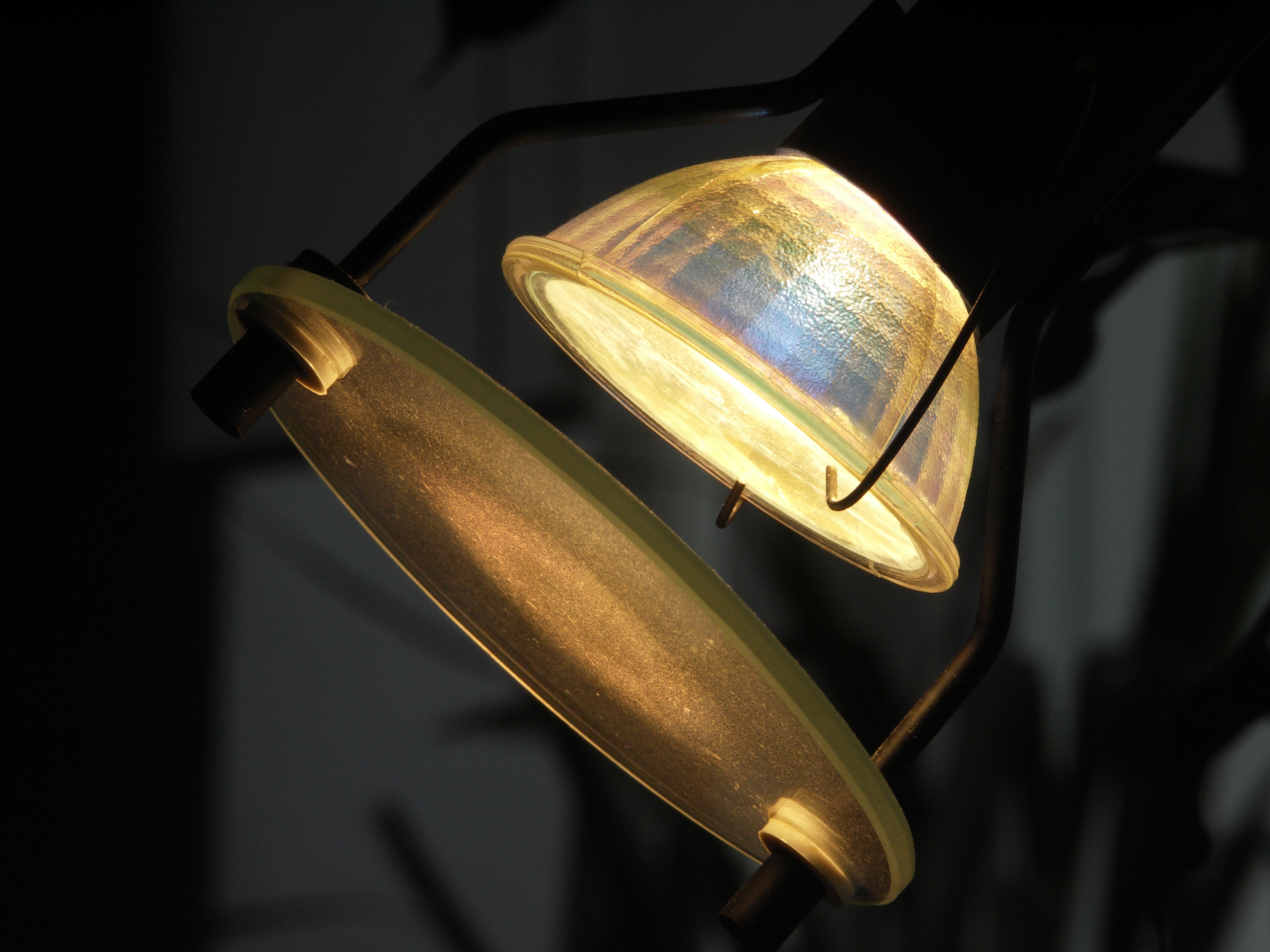 Halogen light bulbs operate at very high temperatures. For this reason, along with the UV radiation that comes from them, you should always avoid looking directly at a halogen light bulb. Retina issues, poor eyesight, and other eye disease can also be inspired by prolong exposure to these light bulbs. If you have halogen lamps, make sure they have a lampshade on them!
Halogen light bulbs operate at very high temperatures. For this reason, along with the UV radiation that comes from them, you should always avoid looking directly at a halogen light bulb. Retina issues, poor eyesight, and other eye disease can also be inspired by prolong exposure to these light bulbs. If you have halogen lamps, make sure they have a lampshade on them!
Dim Lighting/Dusk
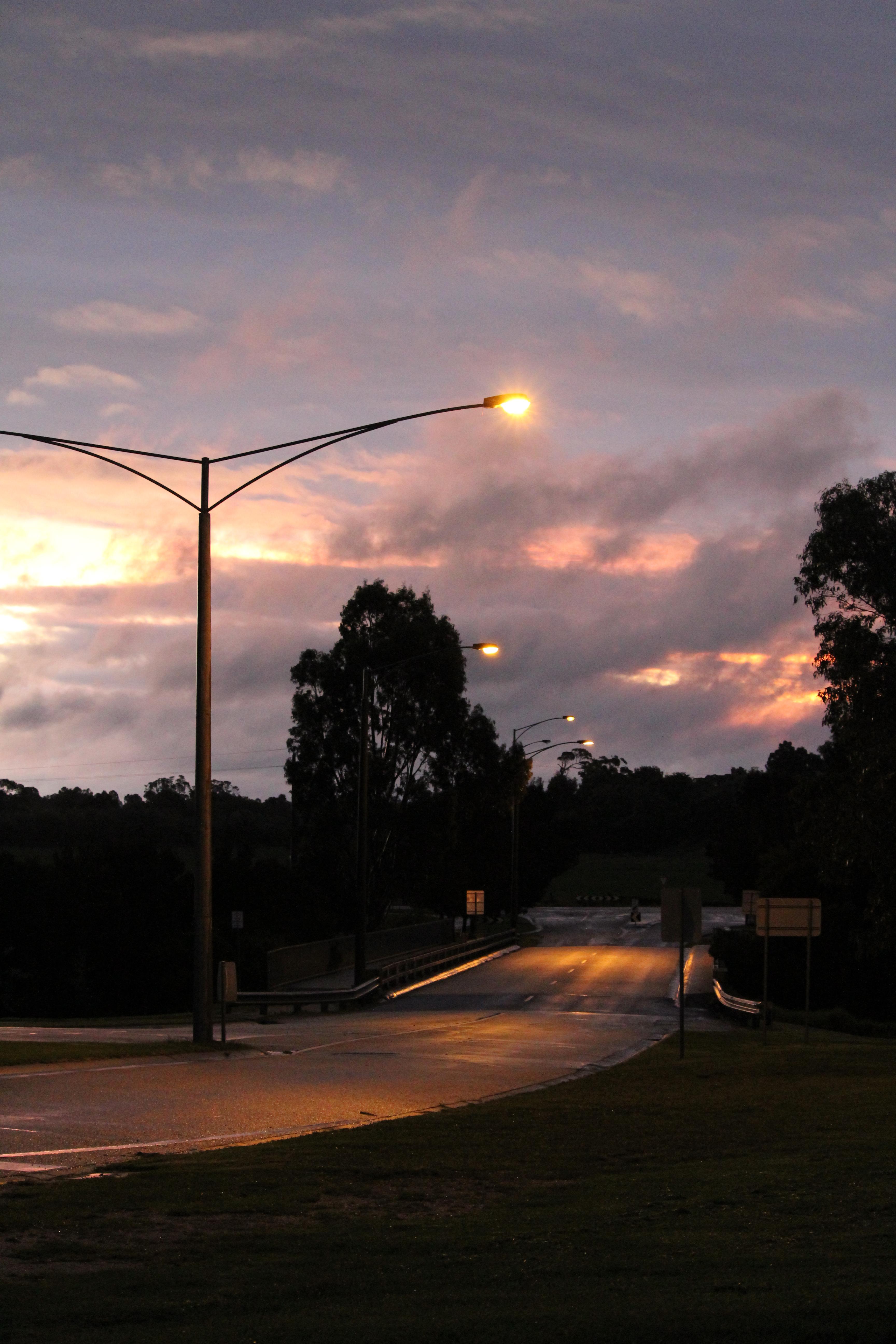 Dim lighting has become the lighting of choice for romance because of your eyes! In dim light, your pupils get larger, allowing them to take in as much of the remaining light as possible. This makes your eyes (the colored part at least) appear larger. Some believe this increases one’s attractiveness. The same holds true at dusk. Your pupils will have to work harder, and let more light in, in order for you to be able to see. This is okay for short periods of time, but if you tried to live in a dim lit environment 24/7, your pupils would gradually get tired of working that hard, leading to vision issues.
Dim lighting has become the lighting of choice for romance because of your eyes! In dim light, your pupils get larger, allowing them to take in as much of the remaining light as possible. This makes your eyes (the colored part at least) appear larger. Some believe this increases one’s attractiveness. The same holds true at dusk. Your pupils will have to work harder, and let more light in, in order for you to be able to see. This is okay for short periods of time, but if you tried to live in a dim lit environment 24/7, your pupils would gradually get tired of working that hard, leading to vision issues.
Cloudy days
 Cloudy days can be deceiving. Why? Because your eyes will have to work a little harder than they would on a bright sunny day, yet the damaging UV rays that come from the sun are still present and can cause damage. You won’t always need your sunglasses on a cloudy day, they’ll make it hard to see, but you still need to protect those eyes. (Try contact lenses with UV protection.)
Cloudy days can be deceiving. Why? Because your eyes will have to work a little harder than they would on a bright sunny day, yet the damaging UV rays that come from the sun are still present and can cause damage. You won’t always need your sunglasses on a cloudy day, they’ll make it hard to see, but you still need to protect those eyes. (Try contact lenses with UV protection.)
Talk to your America’s Best optometrist about your options to protect your eyes in different types of light. Transitions lenses might be a great place to start!

